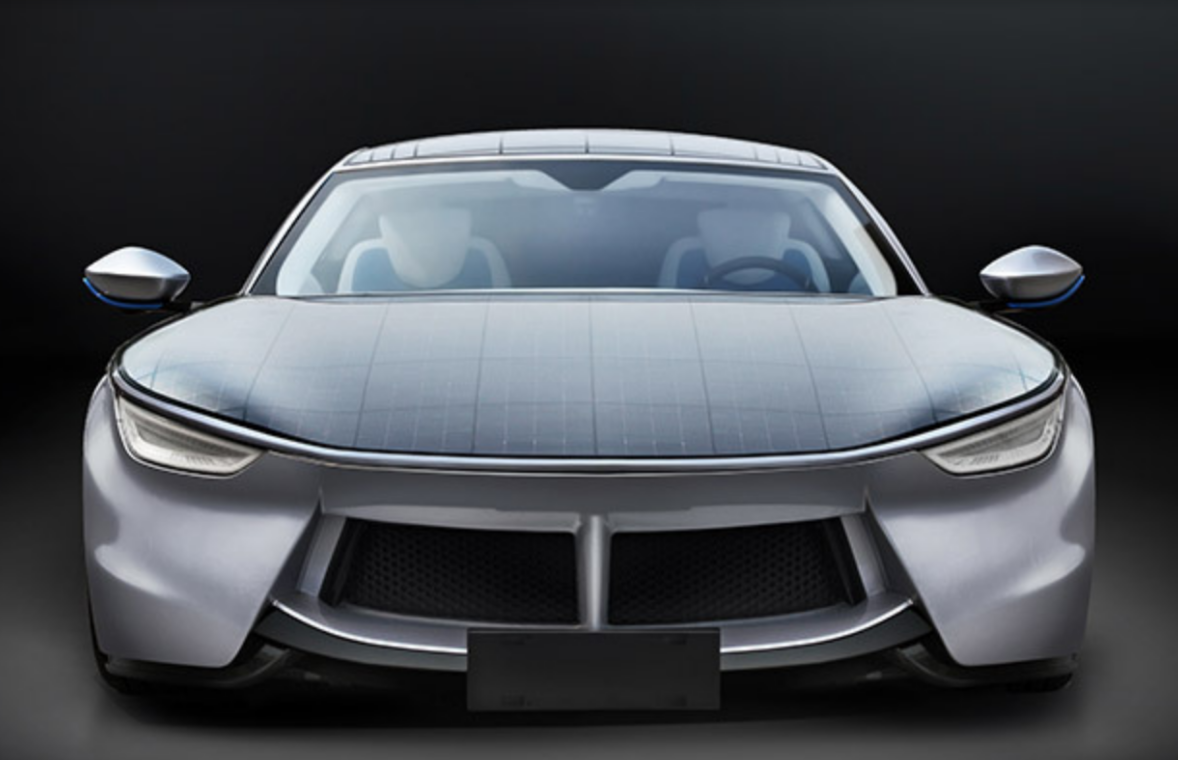Advanced Solar Material Seeks to Boost New Power for Electric and Autonomous Vehicles
One company is attempting to re-imagine how vehicles will tap supplemental solar power, given the increasing demands on the vehicles of the future.
This solar layer would follow the curves of the vehicle to preserve aerodynamics and design-elegance. It could be integrated into the EV hood, glass sunroof or even the side panels of the car. It would have the potential to augment EV batteries, integrate into the car’s design, and allow seamless charging without having to stop to plug-in. This technology could be used to power auxiliary systems such as interior fans, seat heaters, lights or other items. This solar technology should be high efficiency, lightweight and flexible.
Alta Devices Gen4 technology, according to the company, uniquely meets these conditions today and is designed specifically to power autonomous systems.
Category: General Update, Green, News










